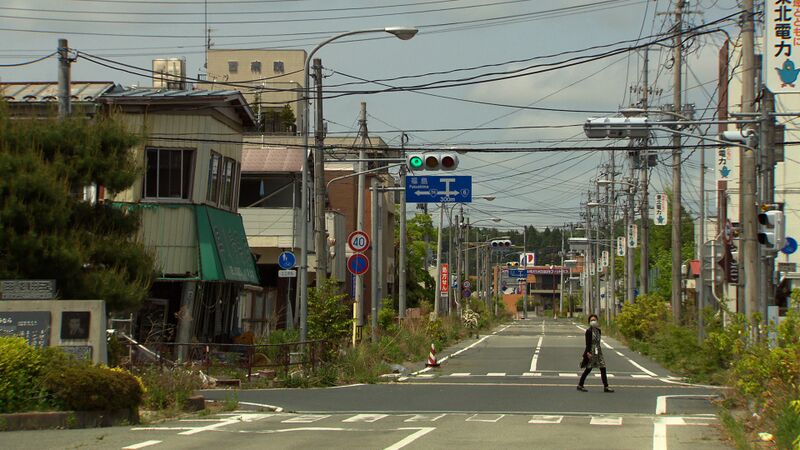How can we predict our world 10,000 years from now? How can we protect our planet and ourselves in 10,000 years? Directors Peter Galison and Robb Moss ask us these disheartening questions as they explore the consequences of our reckless behavior during the last fifty years in the film Containment. In a dark, uneasy tone the directors question how we will dispose, contain and hide radioactive waste so that people 10,000 years from now will not contaminate the planet by releasing the severely toxic remains.
The film contrasts two qualities of the human race: kindness and destruction. The film starts on a dark, sinister note by showcasing footage from the abandoned streets of Fukushima. The only individual in the shot has a mask covering her face. There is no music, laughter or kind voices, only the emptiness of an abandoned town that is now too toxic to be lived in. This is the dark side of humanity, the side that does not hold accountability for its actions.
As the film continues, this idea is then contrasted with responsibility and humility. It tells the story of how some of us are doing everything in our power to try and predict the future of our planet in order to keep this dangerous waste from escaping. We are holding ourselves accountable for what happens if the contained material escapes, even if the consequences might only come 10,000 years from now.
The film gives the viewer a taste of both the horrors and the kindness of humanity. It opens the audiences’ eyes to a vital issue that some have discretely swept away from public view.










Be First to Comment